Sopapillas: Sweet, Fried Clouds of Mexican Dessert Magic!
Craving a dessert that's light, crispy, and drenched in honey? Look no further than sopapillas, the beloved fried pastry of Mexican and Southwestern cuisine. These golden puffs are like dessert clouds — airy on the inside, crunchy on the outside, and utterly irresistible when drizzled with warm honey or cinnamon sugar.
Table of Contents
- What Are Sopapillas?
- History & Tradition Behind Sopapillas
- How to Make Sopapillas (Mexican Style)
- Serving Suggestions
- Sopapillas vs Churros: What’s the Difference?
- Buying Guide for Ingredients
- Tips & Tricks for Perfect Sopapillas
- Conclusion
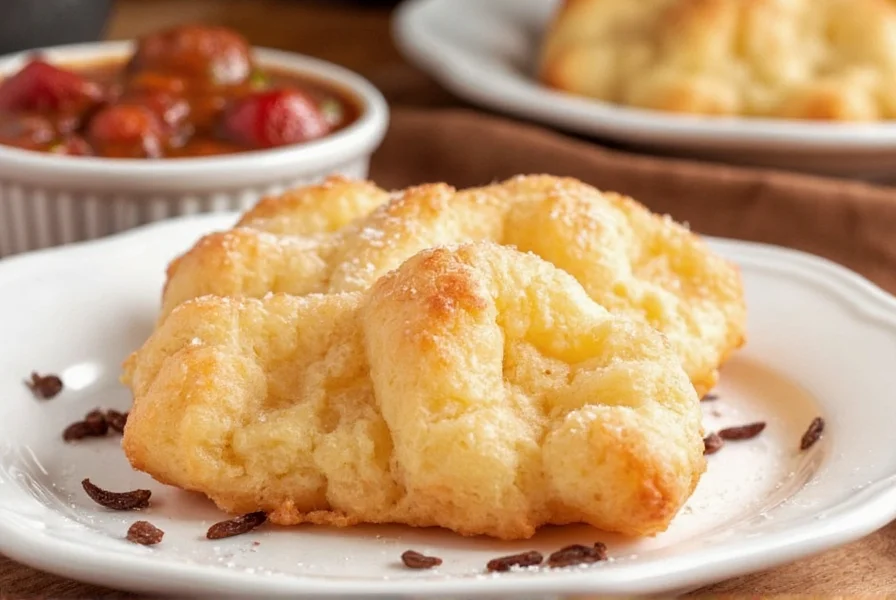
What Are Sopapillas?
Sopapillas (also spelled sopaipillas) are traditional deep-fried pastries made from simple dough consisting of flour, water, baking powder, and fat. Once fried, they puff up into hollow pillows that can be filled or topped with sweet or savory ingredients. Though commonly associated with Mexican and New Mexican cuisine, they also have roots in Spanish and even Middle Eastern culinary traditions.
They're often compared to churros and beignets, but what sets them apart is their texture and preparation method. Unlike churros, which are piped and crispier, sopapillas are rolled out, cut, and fried until puffed and golden brown.
The Science Behind the Puff
The magic behind sopapillas lies in the way the dough reacts during frying. The heat causes the moisture inside the dough to turn into steam, which pushes outward and inflates the dough like a balloon. This creates that signature hollow center perfect for filling or topping.
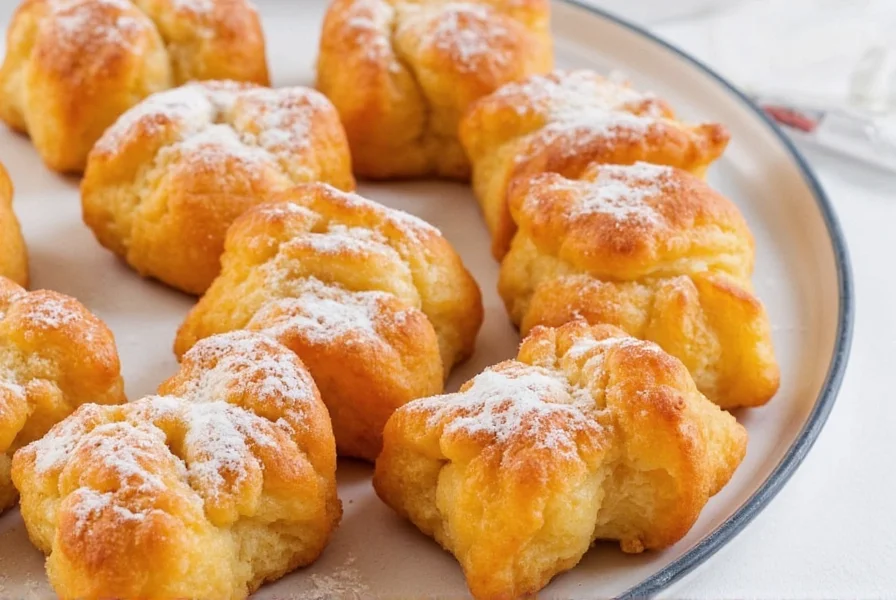
A Bite of History: Origins and Cultural Significance
The history of sopapillas traces back to Spain and Moorish influence, where fried bread was common. When Spanish colonizers came to the Americas, particularly the regions now known as New Mexico and Texas, they brought this technique with them. Over time, local ingredients and methods transformed it into what we now recognize as sopapillas.
In northern New Mexico and parts of Colorado, sopapillas are considered a staple of regional cooking. They're served at family gatherings, festivals, and even restaurants specializing in Southwestern cuisine. Whether topped with honey, powdered sugar, or stuffed with meat and beans, these fried delights carry cultural significance across generations.
How to Make Sopapillas (Mexican Style Recipe)
Ready to make your own sopapillas at home? Here's a classic, easy-to-follow recipe using basic pantry ingredients:
Ingredients:
- All-purpose flour – 2 cups
- Baking powder – 1 teaspoon
- Salt – ½ teaspoon
- Vegetable oil or lard – ¼ cup
- Warm water – approx. ¾ cup
- Honey or powdered sugar – for serving
Instructions:
- Mix dry ingredients in a large bowl.
- Add oil and mix until crumbly.
- Add warm water gradually to form a soft, non-sticky dough.
- Knead gently for 5 minutes, then let rest for 30 minutes.
- Roll out dough thin (about ⅛ inch thick).
- Cut into squares or circles.
- Fry in hot oil (360–370°F / 180–190°C) until golden and puffed.
- Drain on paper towels and serve warm with honey.
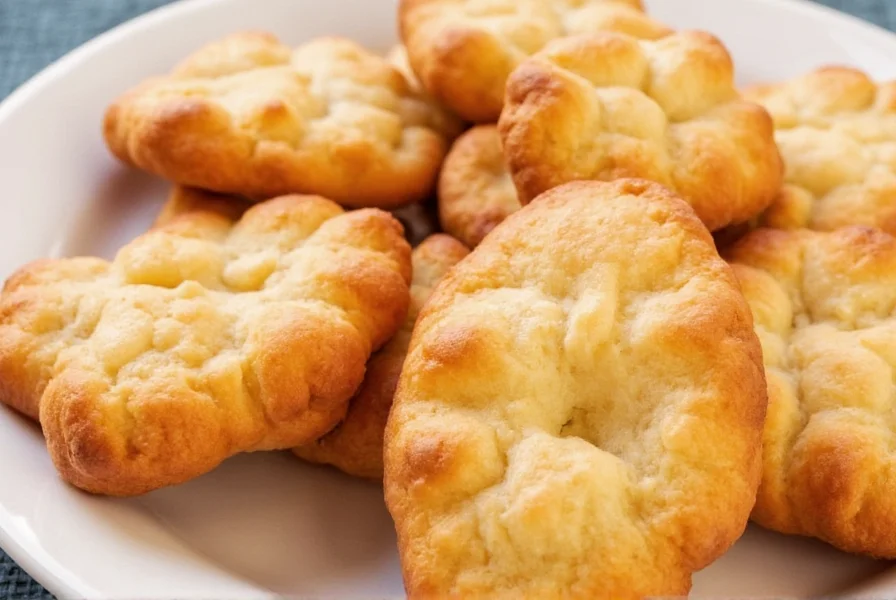
Serving Suggestions: Sweet or Savory?
Traditionally, sopapillas are served as a sweet treat, especially in northern New Mexico. But don’t limit yourself — these versatile pastries can be adapted for savory dishes too!
- Sweet Toppings: Honey, cinnamon sugar, chocolate sauce, dulce de leche, jam.
- Savory Fillings: Shredded chicken, refried beans, cheese, green chiles, salsa.
| Flavor Profile | Popular Toppings/Fillings | Best For |
|---|---|---|
| Sweet | Honey, cinnamon, powdered sugar | Desserts, breakfast, snacks |
| Savory | Chili, beans, cheese, meats | Main courses, appetizers |
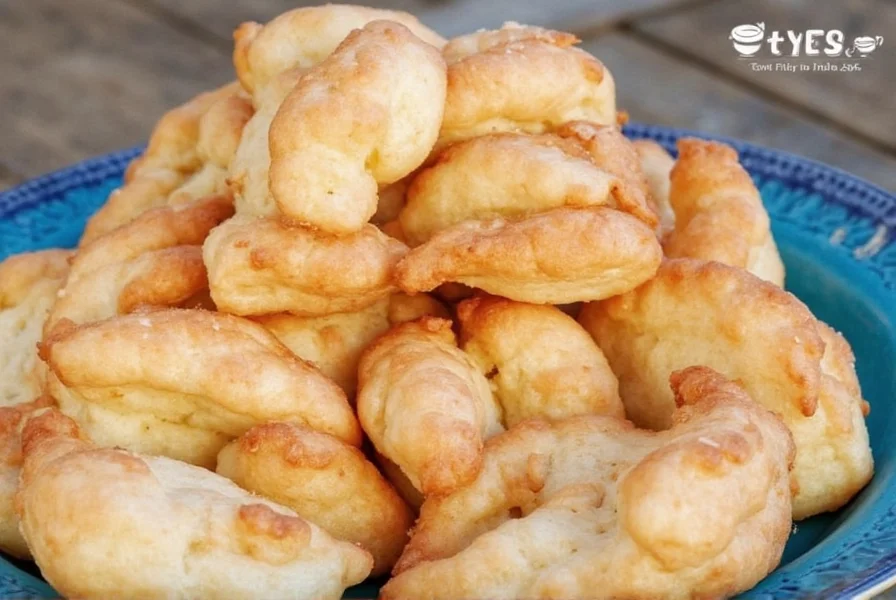
Sopapillas vs Churros: What’s the Difference?
If you’ve ever confused sopapillas with churros, you’re not alone. Both are fried desserts rooted in Spanish-Mexican cuisine, but there are key differences:
| Feature | Sopapillas | Churros |
|---|---|---|
| Shape | Square or round flat pieces | Long, ridged tubes |
| Texture | Puffed and hollow | Crispy and dense |
| Preparation | Rolled out and cut | Piped through a star tip |
| Toppings | Honey, sugar | Cinnamon sugar, chocolate |
Which One Should You Try?
- Try sopapillas if you enjoy light, airy textures and love soaking desserts in honey.
- Opt for churros if you prefer crunchiness and want that iconic cinnamon-sugar bite.
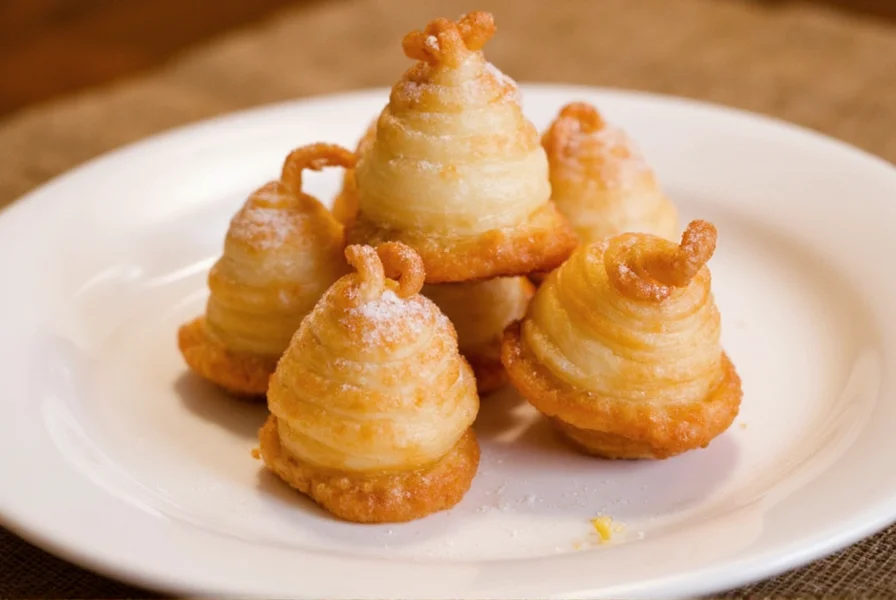
Buying Guide: Best Ingredients for Perfect Sopapillas
While sopapillas use minimal ingredients, choosing quality products makes all the difference in flavor and texture. Here’s a quick guide to help you pick the best:
| Ingredient | Recommended Brands | Features | Best Use |
|---|---|---|---|
| Flour | King Arthur All-Purpose Flour | High protein content for structure, consistent results | Basic dough, breads |
| Oil | Crisco Pure Vegetable Oil or Lard | Neutral flavor, high smoke point | Frying |
| Honey | Raw Manuka Honey or Sue Bee Clover Honey | Natural sweetness, antibacterial properties | Topping, natural sweetener |
| Baking Powder | Rumford Double-Acting Baking Powder | Consistent rise without metallic taste | Baked goods, fried pastries |
| Cinnamon | McCormick Ceylon Cinnamon | Sweet, delicate flavor profile | Sprinkling, spiced toppings |
Optional Additions
- Vanilla extract – Enhances flavor slightly; optional but recommended.
- Brown sugar or confectioners' sugar – Adds variation to toppings.
- Chocolate or caramel sauce – For indulgent twists.
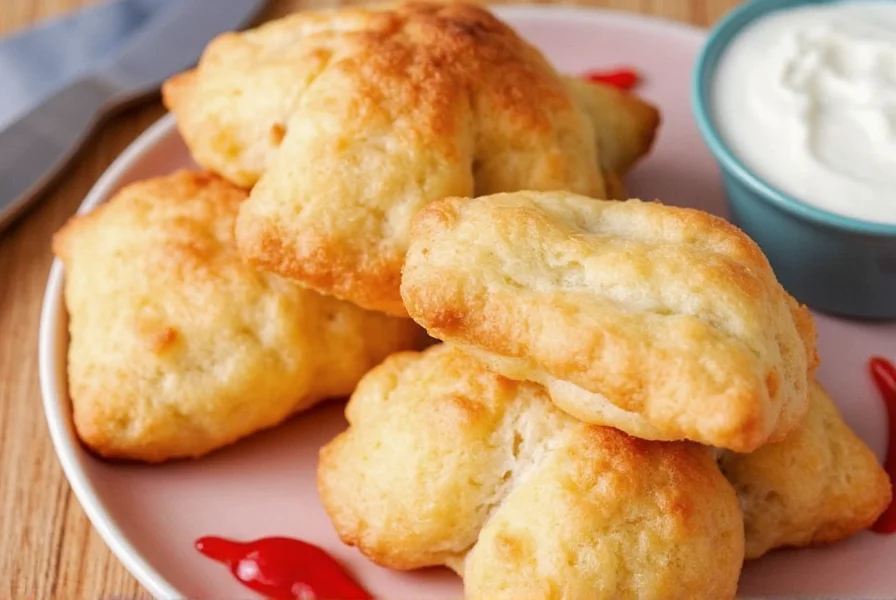
Pro Tips for Fluffy, Golden Sopapillas Every Time
Making perfect sopapillas takes practice, but with these expert tips, you’ll master them faster:
- Use warm water – Helps activate gluten and creates a smooth dough.
- Don’t skip the rest – Letting the dough rest relaxes the gluten, ensuring a tender final product.
- Keep the oil hot – Maintain a steady temperature between 360–370°F (180–190°C). Too cold and they’ll absorb oil; too hot and they’ll burn.
- Fry one at a time – Avoid overcrowding the pan. Fry 2–3 at a time for even cooking.
- Drain well – Use a wire rack or paper towels to drain excess oil.
- Serve immediately – Sopapillas are best eaten fresh and warm to enjoy their full puff and crunch.
- Experiment with flavors – Try adding orange zest, anise seeds, or even rosewater to the dough for a unique twist.
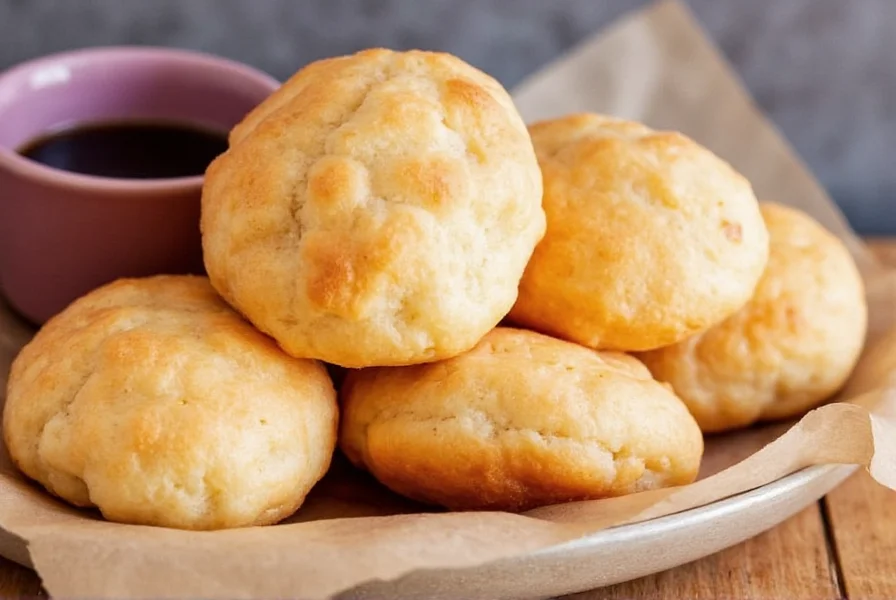
Final Thoughts: Sopapillas — A Taste Worth Sharing
There’s something undeniably comforting about a freshly fried sopapilla. It brings people together — whether it's a family dinner, a festive celebration, or just a lazy Sunday afternoon. Its humble ingredients and deep-rooted heritage tell a story of adaptation, creativity, and warmth.
Whether you’re new to the world of global spices and pastries or a seasoned kitchen wizard, trying your hand at sopapillas is a delicious journey worth taking. With just a few ingredients and some love, you can recreate a piece of tradition right in your own home.
So go ahead, grab your apron, heat up the oil, and get ready to fall in love with these sweet, fried clouds of joy!


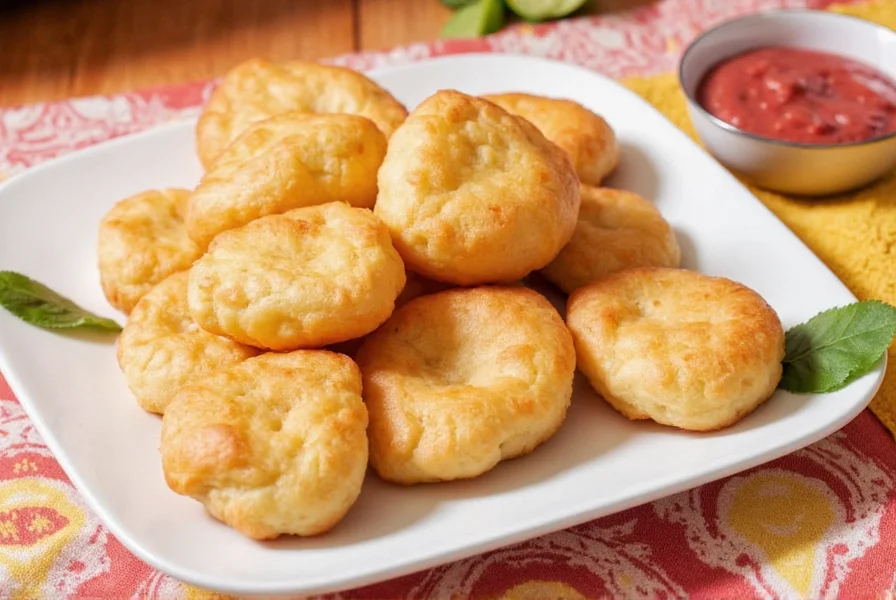









 浙公网安备
33010002000092号
浙公网安备
33010002000092号 浙B2-20120091-4
浙B2-20120091-4